I discovered Amy Marie Gladding and her work a few months back and I was immediately enthralled with her vision and creativity. Specializing in experimental and alternative forms in photography and art, her work inspires me to think outside of the box more with my own artwork. From crystalized polaroids to emulsion lifts to anthotypes, she is always working on new and unique projects. I feel quite fortunate that she took the time to chat (across a six hour time difference!) and share her experiences and vision with us.
I hope you enjoy our talk, and learn about some new processes which you can try in your own photography.
Thank you for taking the time to chat. Could you start out by telling us a little bit about yourself?
My name is Amy Marie Gladding. I’m based in Suffolk, England and I’m an art and photography teacher and creator. My world is explored through alternative and expired films, Polaroids and traditional camera-less techniques, as well as altering processes such as burying negatives and film soup. Growing up in Suffolk I have always been interested In rural spaces. In more recent years I have become intrigued by the constantly transforming landscape.
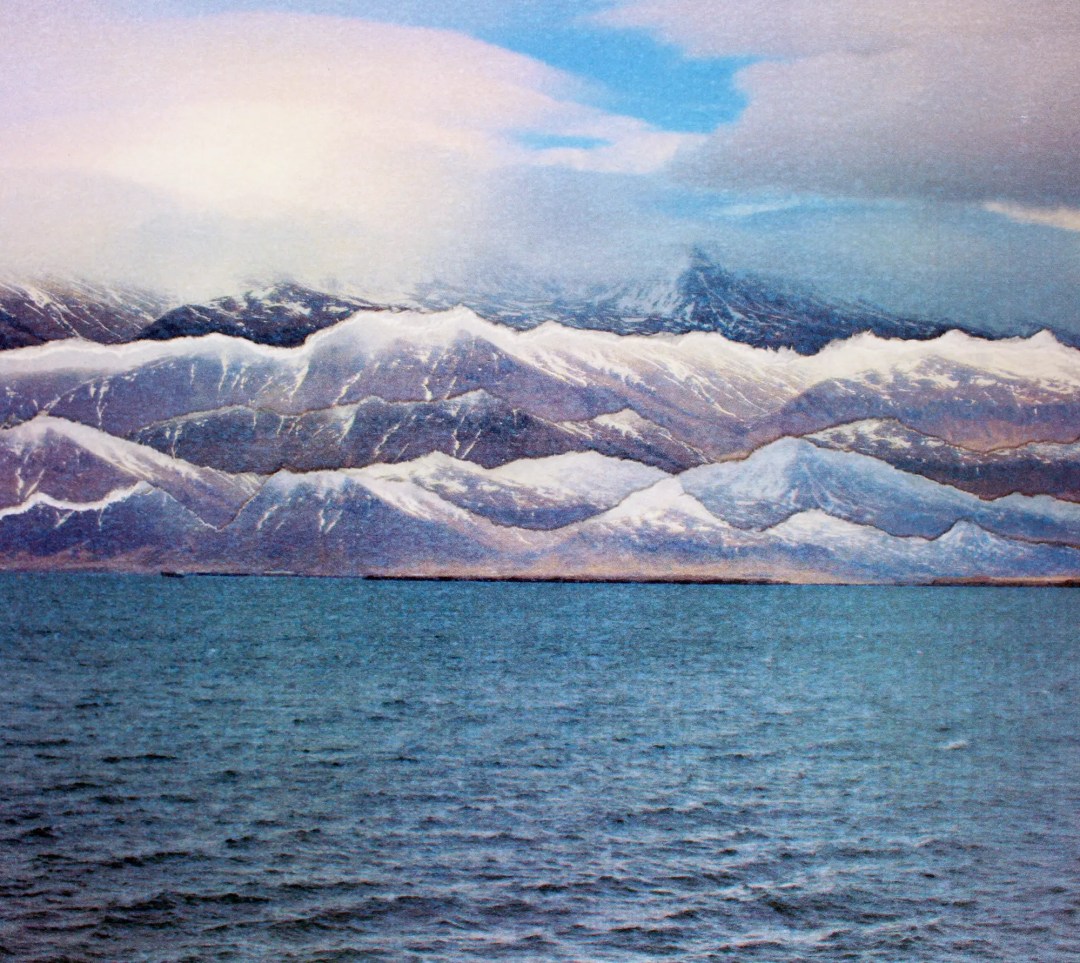
And how long have you been shooting film and what got you into film photography?
I learnt film at college when I was 16 (I’m now 34) before digital was really accessible, so my grounding in photography was in analogue techniques. I’ve always worked with photography alongside my arts practice and I am highly experimental and playful in my approach.
As you’ve mentioned there’s a lot of experimentation in your work, which is one of the things that drew me to your photographs. Have you always been experimental with photography or was there something in particular that sparked your interest?
I’m not good at following rules or being precise, and I like taking risks, so my work has always crossed borders and spanned art disciplines. My day job teaching also helps me to experiment; I see the students work so freely and imaginatively and I try to match that excitement in my work.
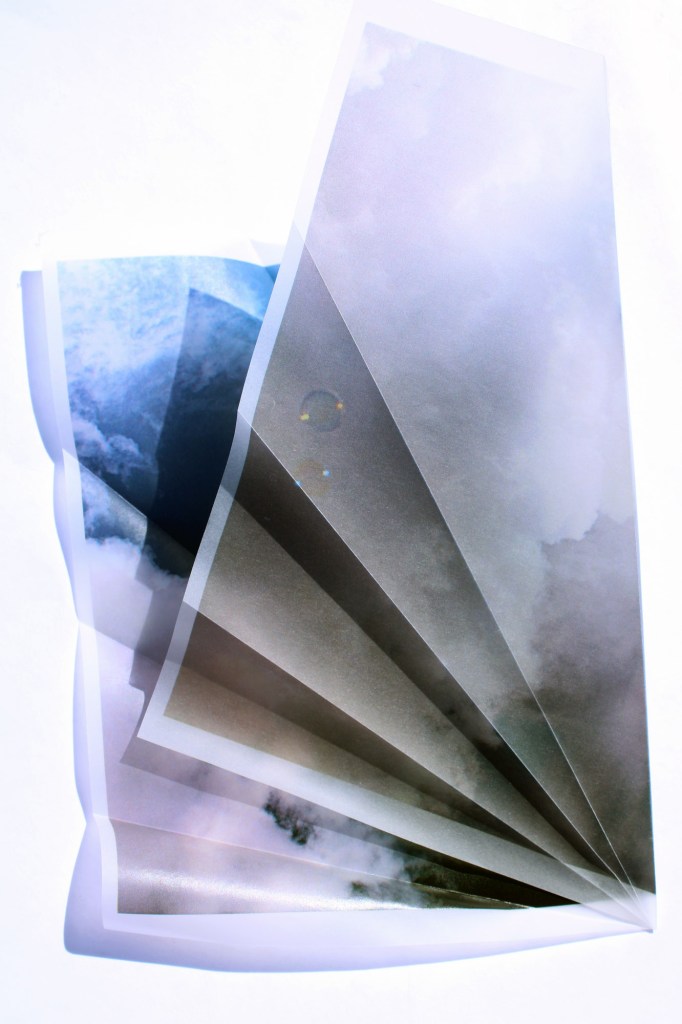
What was the first experimental process you tried?
I think maybe photo-collage was the first, and it’s still a technique that I love to explore now.
Which alternative process do you love the most and why?
Maybe cyanotypes, as you can explore so much, from plants and flower shadow prints to acetate negatives. I love how beautiful they look once they are toned, too, and recently I have been playing around with ways to paint cyanotype prints with watercolour.
I’ve noticed you make anthotypes which are completely new to me! How does that process work? Are they similar to Cyanotypes?
You make an emulsion by crushing plants, fruits or vegetables, eg. spinach, blueberries or beetroot. I have had great success using spices such as turmeric and paprika, or whole hibiscus flowers. Create a fine pulp with your chosen ingredients, add a little water, and then strain through a muslin or fine sieve. Then paint the natural emulsion directly onto paper or even soak sheets of watercolour paper in the dye. Once dried, place objects on the paper (I like to use dried flowers). Then, much like a cyanotype, you place it under a piece of glass in a safe spot and in direct sunlight. The photosensitive plant matter is bleached away by the sunlight, and therefore your object creates a print by blocking the light.
Wow! That is so cool. Did you discover this yourself or did you learn from someone else?
I found out about the technique from an alternative photography book and then tried out a few different approaches with my students. I’m still learning about the process and different natural emulsions and how to make the images successful.
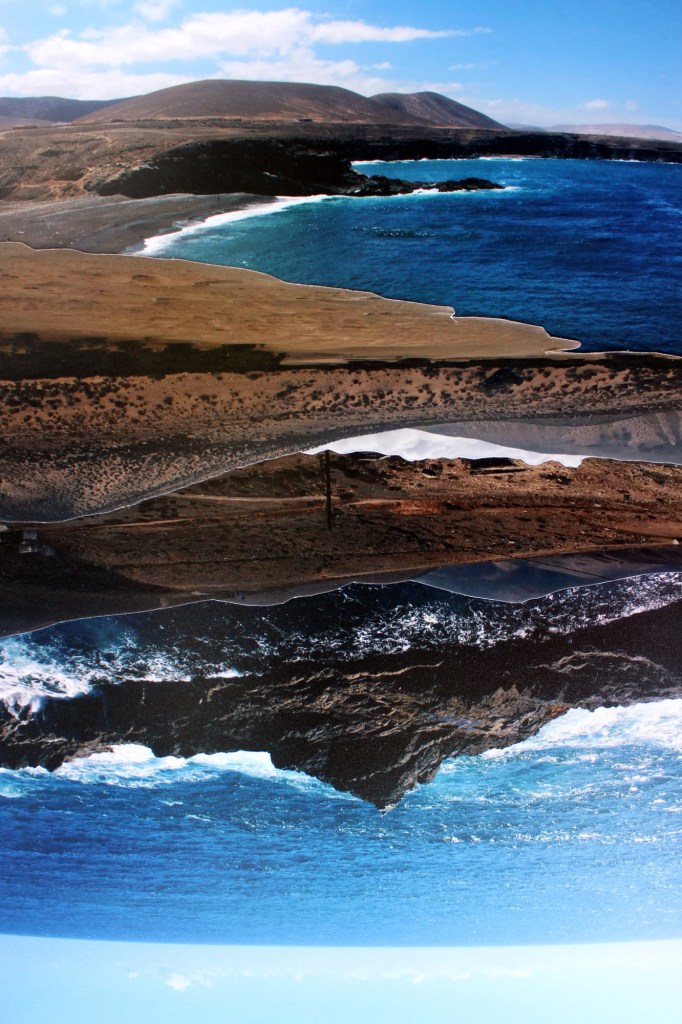
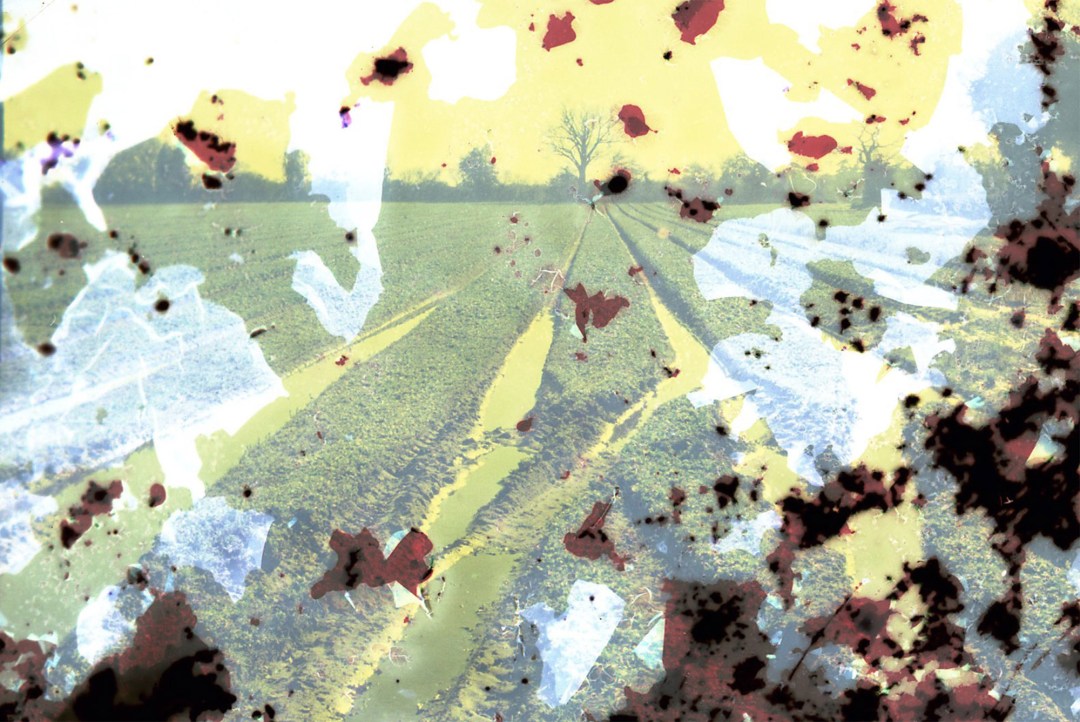
That segues well into my next question – Have there ever been any experimental or alternative processes that you’ve attempted which didn’t go according to plan?
I am hoping to get salt printing perfected, and I’d love to experiment further with Lith printing.
How has salt printing gone so far?
I’ve had a few successful ones, then some not so strong, but I think it’s down to contamination or old chemicals. I want to keep experimenting with the technique as I love the sepia results!
I’m sure you’ll get it perfected soon! I also really love the crystallized Polaroids you have been posting recently. Would you be able to tell us where the inspiration came from for that and what the process looks like?
I have experimented with growing salt crystals onto prints many times, and this is my third attempt at growing real crystals onto photographs. I bought one of those kids’ science kits to grow three different crystals and used the mixtures to soak prints and Polaroids. I left them for two days and then photographed the results.
They are so sparkly and beautiful in real life, and it really is hard to convey this through an image. It’s much more exciting to study the object. When I’ve exhibited pieces like this before (I’ve put the physical crystallised print on display and at a solo show last summer) I sold two of my salt crystal pieces.
Throughout all your different works I’ve noticed that nature often plays a main role as the subject. What draws you specifically to focusing on nature?
I find [nature] so beautiful and magic. It’s always growing and transforming. I love being surrounded by and immersed in nature. My interest started with plants and flowers and has expanded to include whole landscapes. I have loads of houseplants, love working in the garden and have an allotment now too.
Another thing we’ve talked about before is how you are a mother to a beautiful little girl, and balancing all those different responsibilities in your life. Do you feel like there’s anything specific that you’ve learned from motherhood that has influenced your work?
I think the thing [that motherhood] has taught me is to try to be efficient, multitask and organize my time so that I can still create. In between my job as a secondary school teacher and the bubba, there isn’t much time for myself, but I adapted my practice to fit in. It is getting a bit easier now she is older, but I had about a year of doing VERY little creatively when I first had my daughter. I think you have to try not to put yourself under pressure and remember that you will find your way again. It is such a transformation of the self, becoming a mother, that you return to your work as a different human and the work will be changed also.
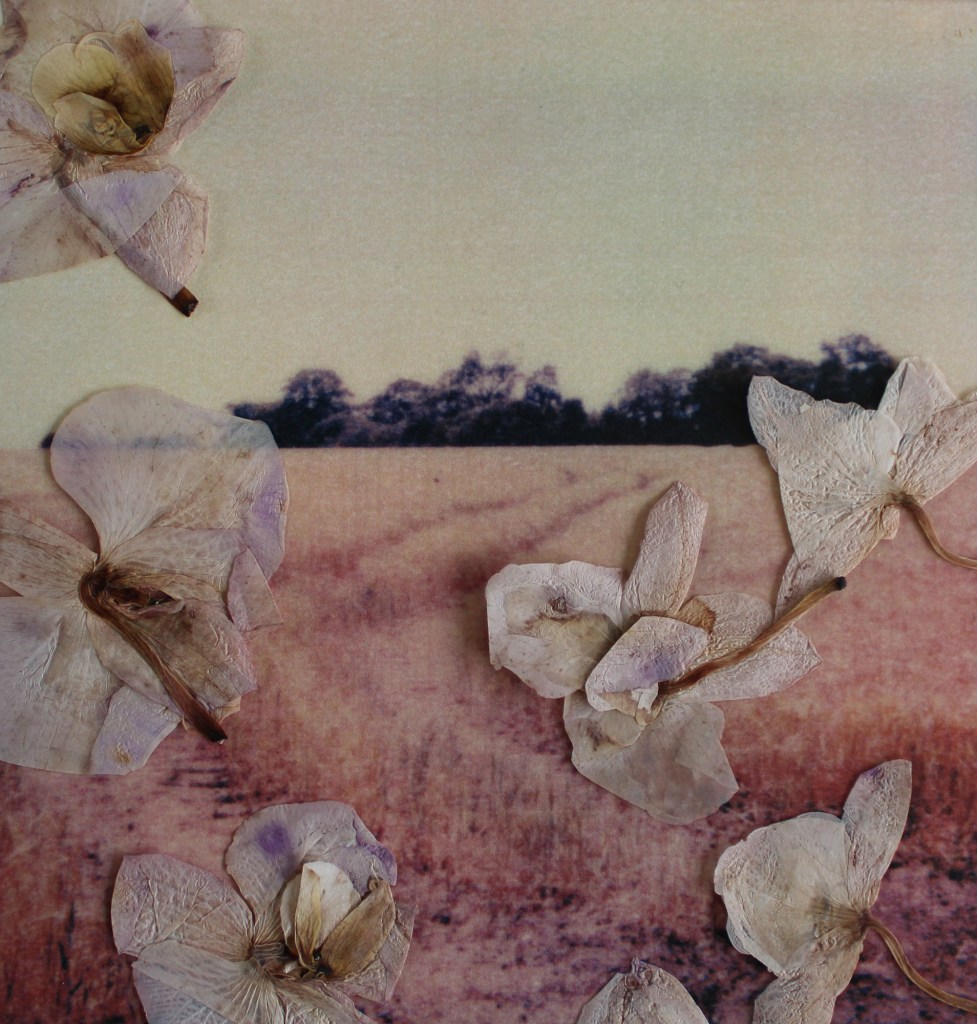
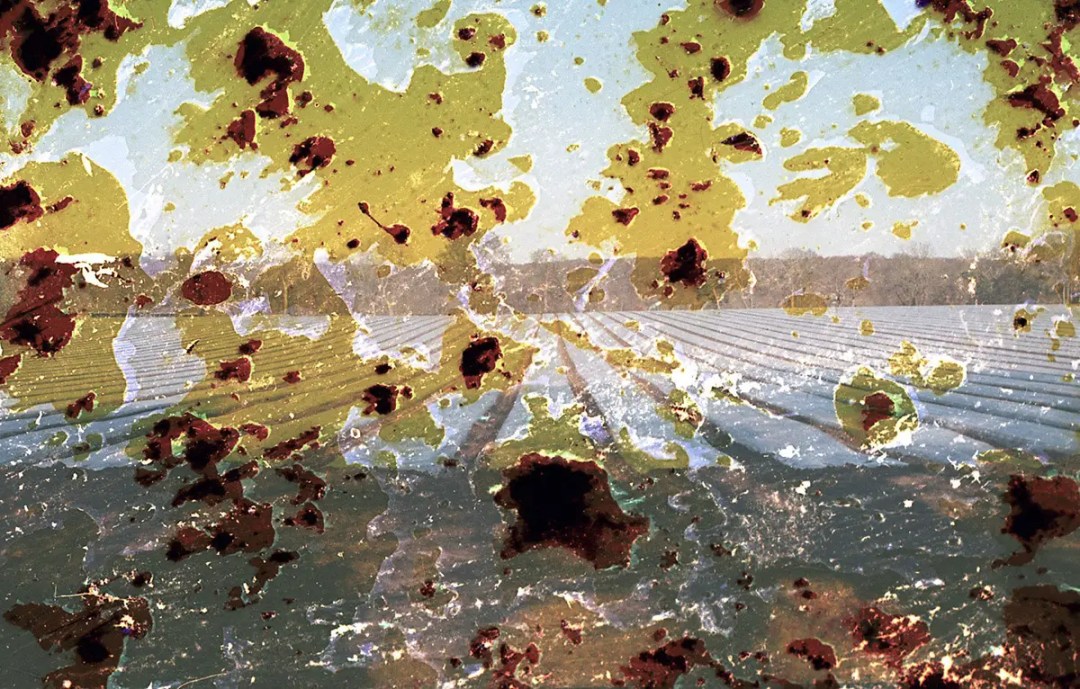
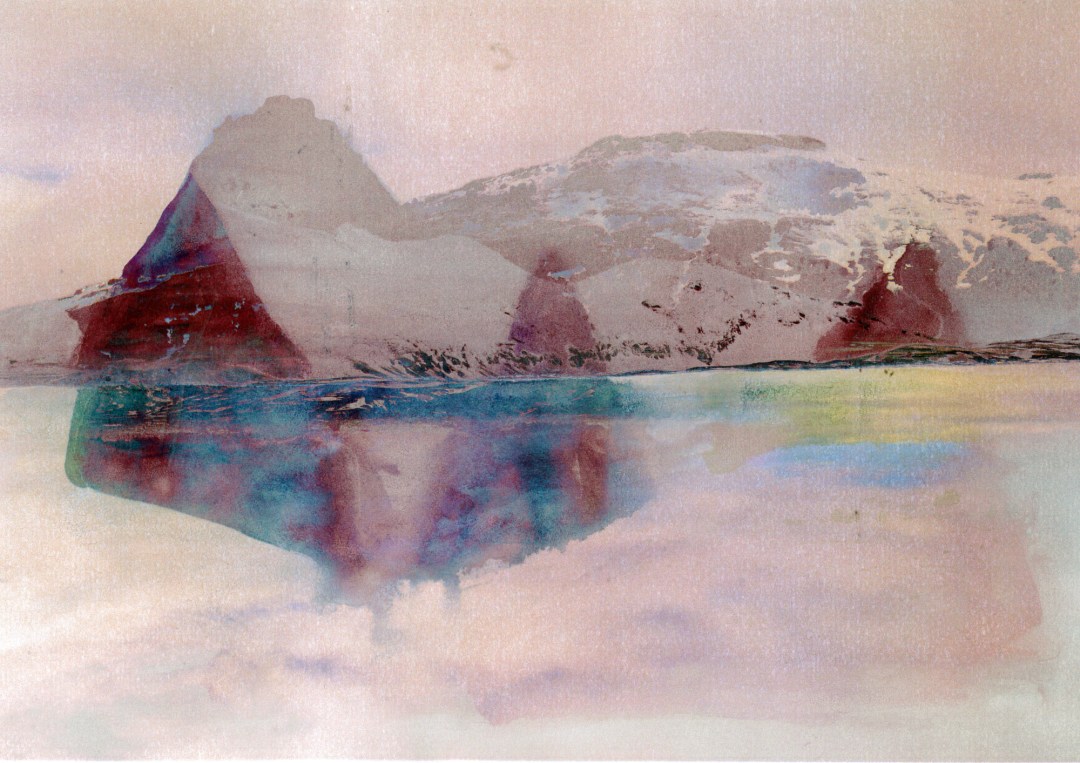
That’s really beautiful. As you’ve mentioned, you’re an art teacher during the day. Are there any other art forms that you’re particularly passionate about outside of the photography world?
Oh I love ALLLLLLL art forms. I’m completely obsessed with creativity! I love my job for so many reasons and I learn so much from the way the students work. I teach ages 10-18, so I see a broad spectrum of styles, approaches and skill levels. I am very interested in painting, collage, drawing and printmaking. However I seek out and am inspired by fashion, textiles, ceramics, 3D design, illustration, architecture – just about anything can inspire or provoke ideas for my own practice.
In terms of photography, what’s on the horizon for you? Are there any new alternative processes that you’re hoping to jump into?
I would love to try making more anthotypes and chlorophyll prints, too. I’ve got a few new painted cyanotype prints to share and I’ve buried a load of negatives in the garden to scan once they have been partially destroyed. Lots more experimental Polaroid stuff and more large format too.
Those all sound so cool. I especially can’t wait to see how the buried negatives turn out. Before I let you go, is there anything else you’d like to share with us today?
Just that you can see more of my work on my website and prints of my work are available to buy. Thank you so much for supporting and sharing my creative endeavours. Big love, Amy.
More from Amy here – Instagram and Website
More of Our Photographer Interviews here
Female Photographers to Follow here
Follow Casual Photophile on Facebook and Instagram
[Some of the links in this article will direct users to our affiliates at B&H Photo, Amazon, and eBay. By purchasing anything using these links, Casual Photophile may receive a small commission at no additional charge to you. This helps Casual Photophile produce the content we produce. Many thanks for your support.]
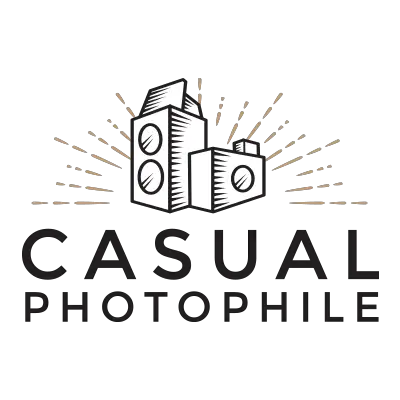
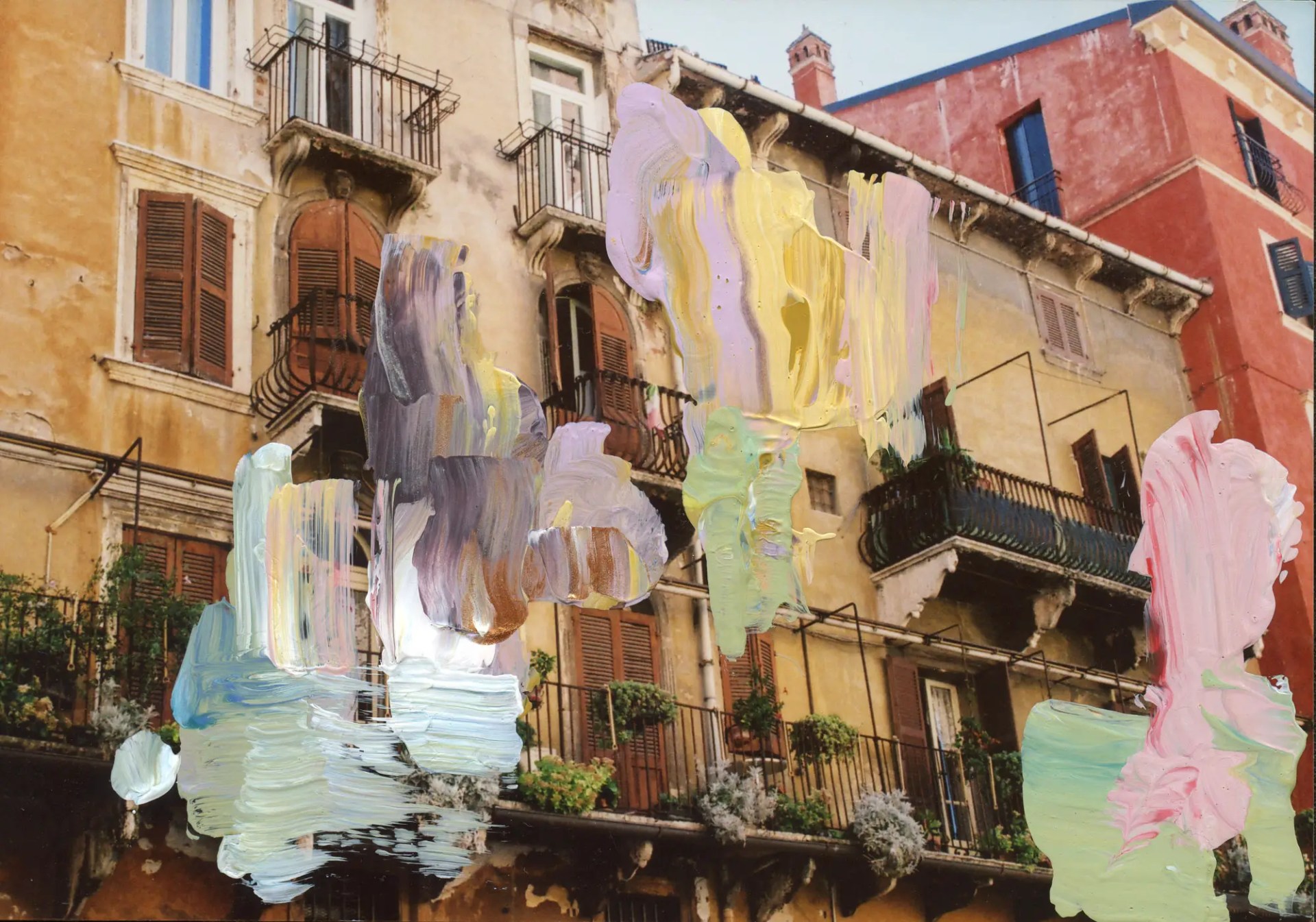
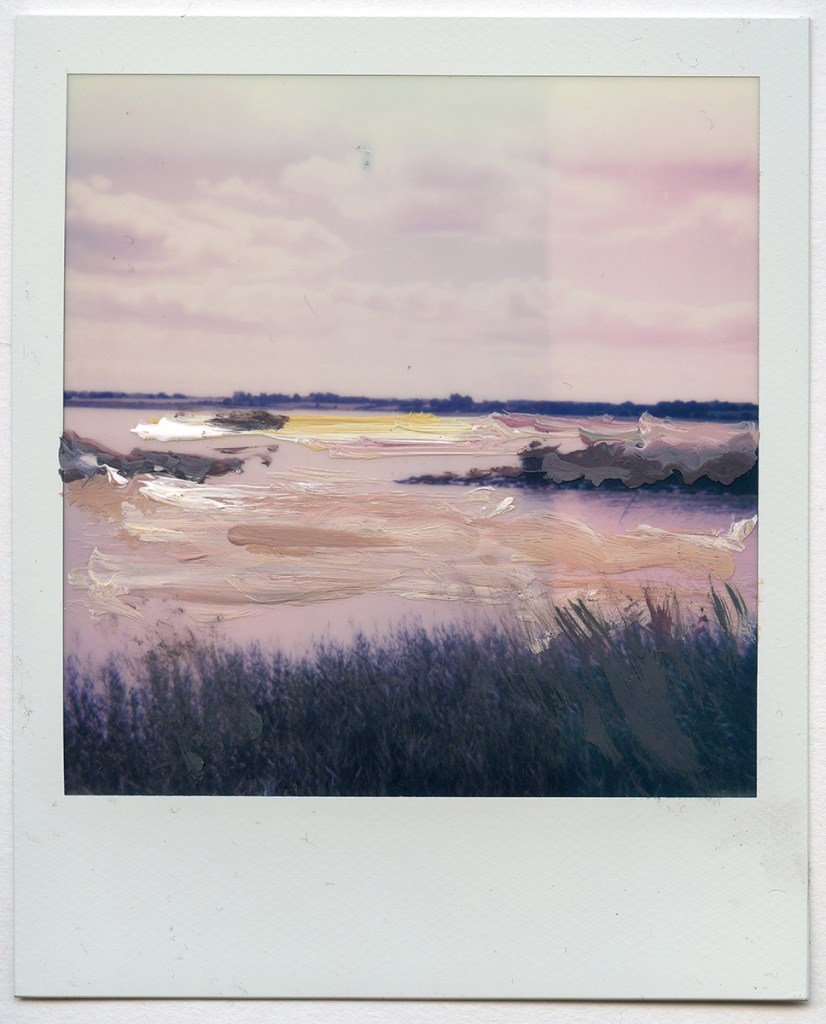
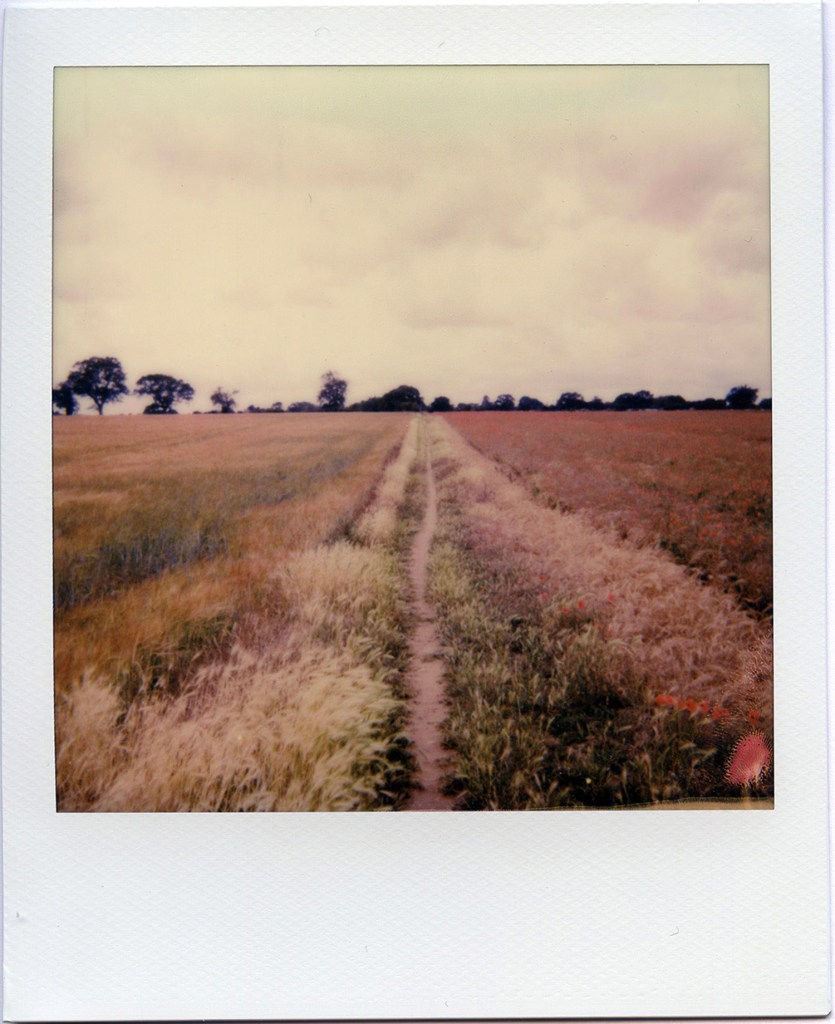
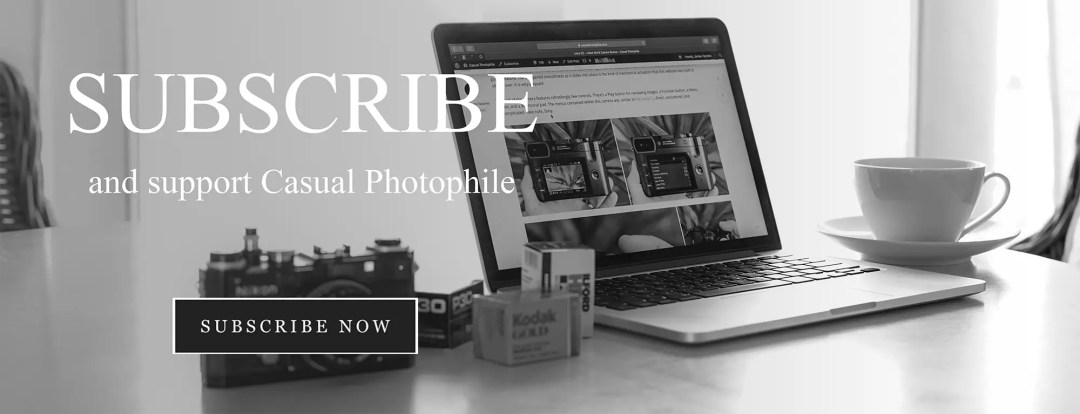
Light is life. Light is art.